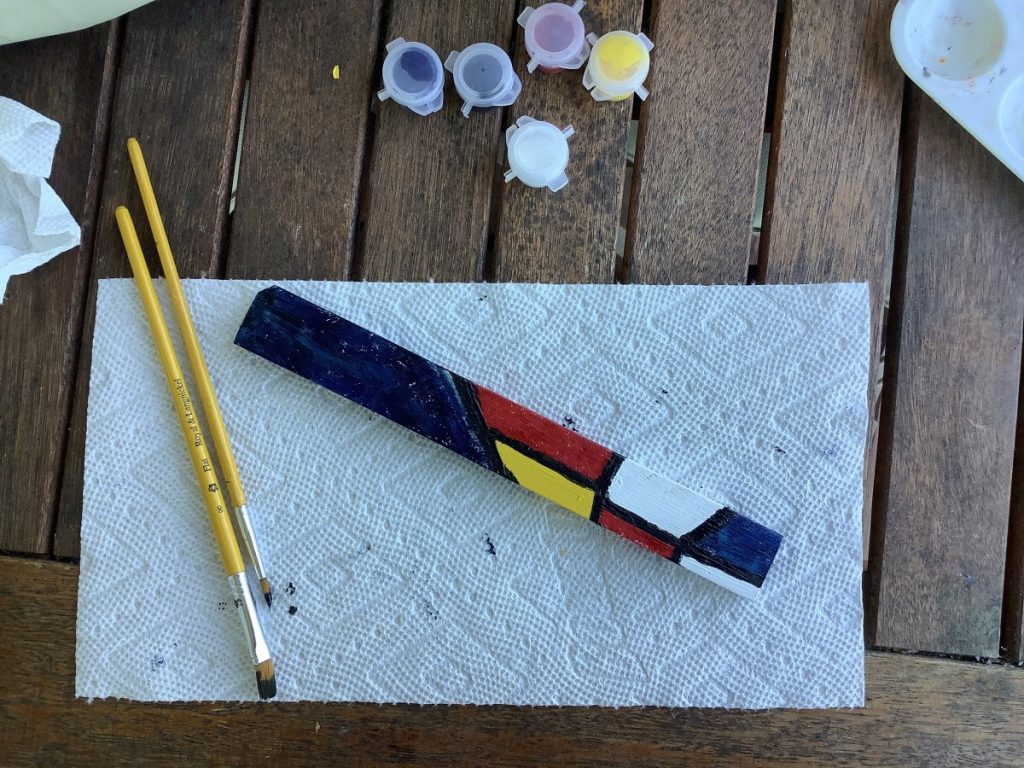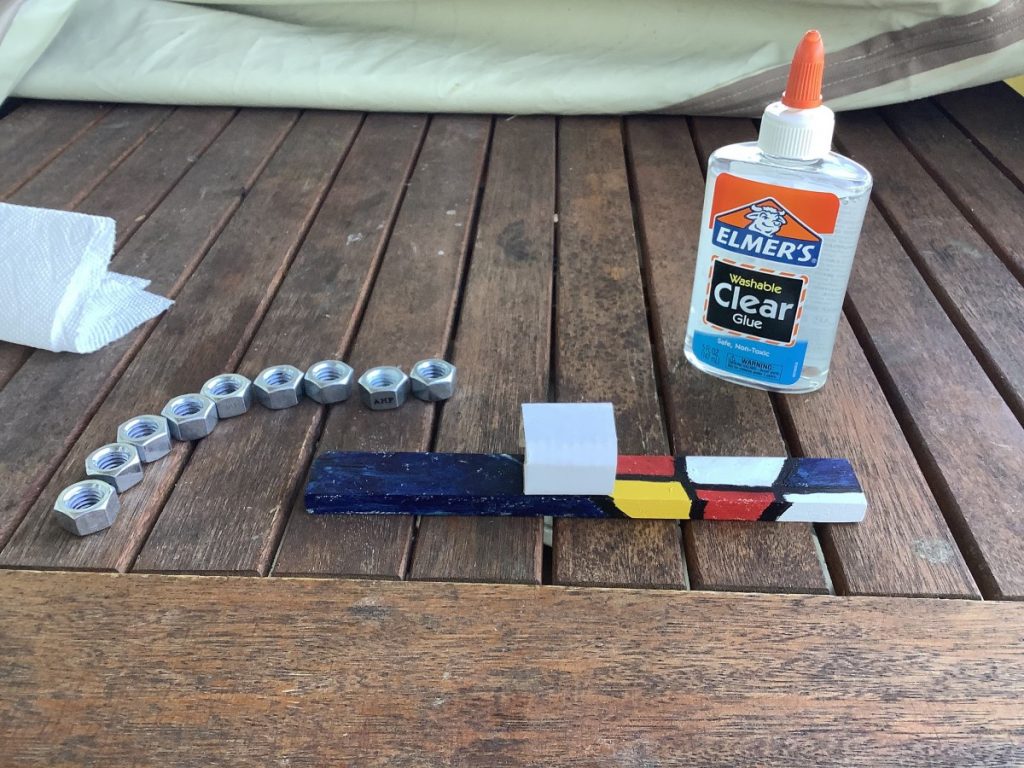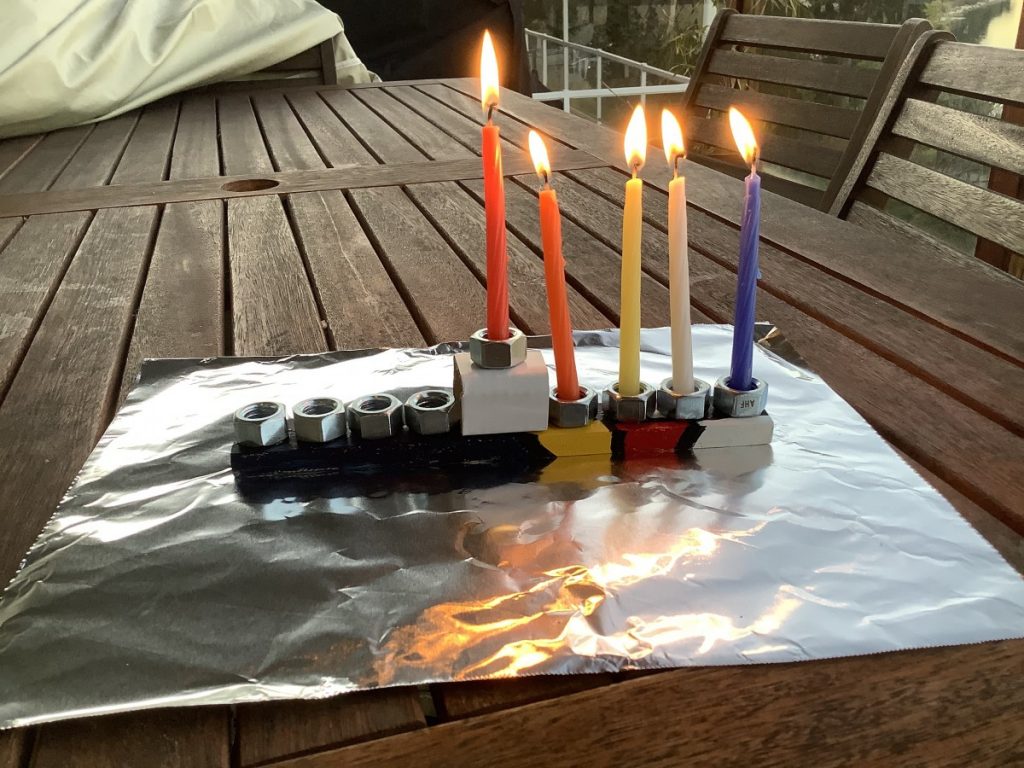Lesson Objectives: In this unit, students will learn about ritual, ritual objects, and holy spaces such as the tabernacle and temple in Ancient Israel. They will discuss prayers that accompany these rituals and holidays. During this unit’s hands-on project, students will make either a Hanukkah menorah or a spice box for Havdalah.
Guiding Thematic Questions:
- What sorts of objects are involved in prayer and ritual practices?
- Why do many religious rituals and ceremonies involve sensory experiences?
- How did ancient people establish the holiness of a religious space?
- How do we make places holy today?
Historical Context:
- The Tabernacle was the portable holy space used for ritual and practices by the Israelites on their journey from Egypt to Canaan.
- A branched candelabrum (lamp) is described as part of the Temple furnishings
- The burning of incense is mentioned several times in the Torah.
- In the 2nd century BC, Judea was part of the Ptolemaic Kingdom of Egypt until 200 BC when King Antiochus III of Syria defeated King Ptolemy V at the Battle of Panium. According to traditional Jewish sources, Antiochus IV outlawed Judaism and defiled the temple. Hanukkah commemorates the Maccabean revolt against the Seleucid Empire, resulting in the restoration of Jerusalem and rededication of the second temple.
- Ancient oil lamps have been found that date back to the 10th millennium BC. Handmade lamps evolved in many shapes: saucers, bowls, spouted, etc.
Fun Facts:
- In the Torah’s instructions for the construction of the Tabernacle, it calls for the use of a material called tachash (תחש) which has been interpreted in many different ways because of its uncertain translation. The earliest translation of the Torah in Greek refers to tachash as “hyacinth skins,” probably referring to sheep or goat skins dyed the color of purple or blue hyacinth. In the Jerusalem Talmud, the rabbis debated alternative meanings of tachash, including dyed goatskins, the hide of weasels or ermines, or the skin of a clean kosher wild animal. Later sources interpreted the material to have come from mystical creatures like the unicorn or from other exotic animals like a badger (from the German cognate dachs) or sea mammals like seals or dolphins (from the Arabic tuchash). Recent scholarship suggests that tachash might be referring to a beaded leather material.
- The word Havdalah means to separate, differentiate, or distinguish. It is a celebration meant to distinguish Shabbat from the week to come.
Object Images:

Five-Spouted Oil Lamp
Judea
4thc. CE
Ceramic
5” long
Carlos Museum, Emory University
2016.19.52
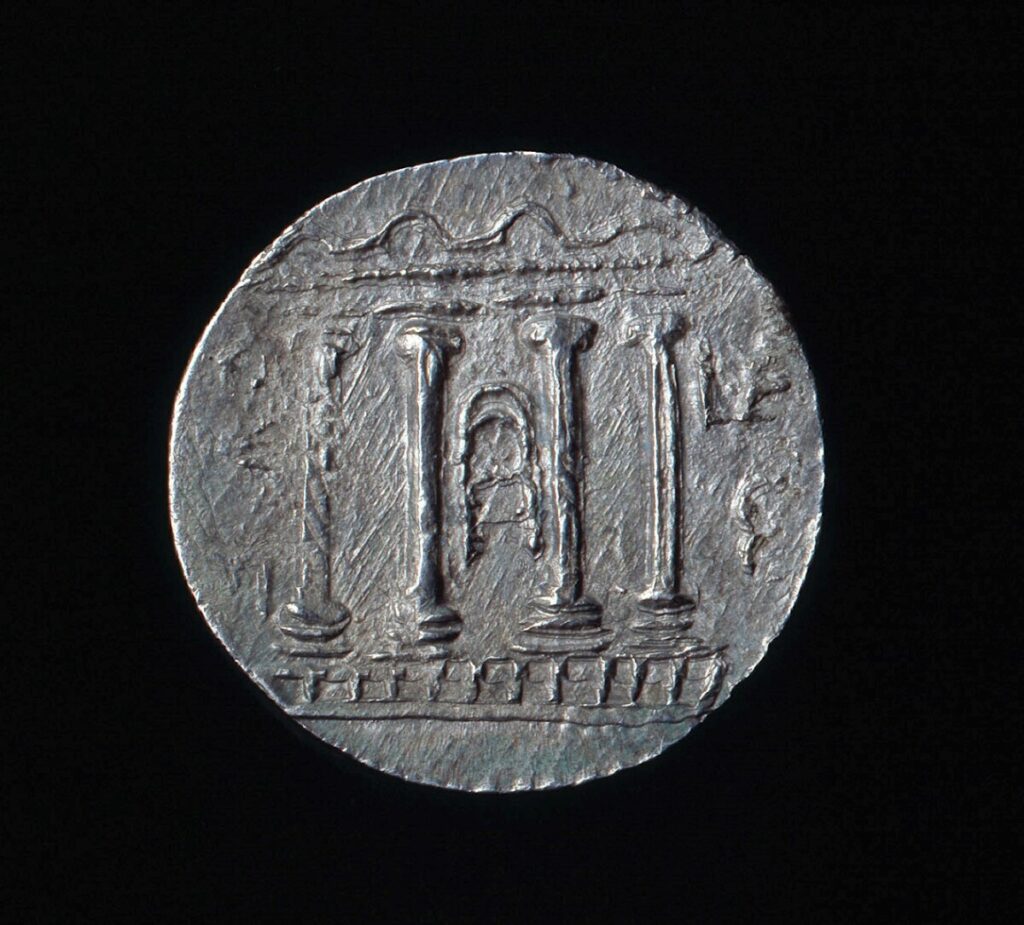
Coin (Tetradrachm from time the Bar Kochba Revolt)
Tabernacle on obverse
Asia (Roman Period)
Reign of Hadrian 134-135 AD
Silver
1 x 1/8in. (2.5 x 0.3 cm)
Carlos Museum, Emory University
2006.011.006

Coin (Tetradrachm from time the Bar Kochba Revolt)
Lulav & etrog on reverse
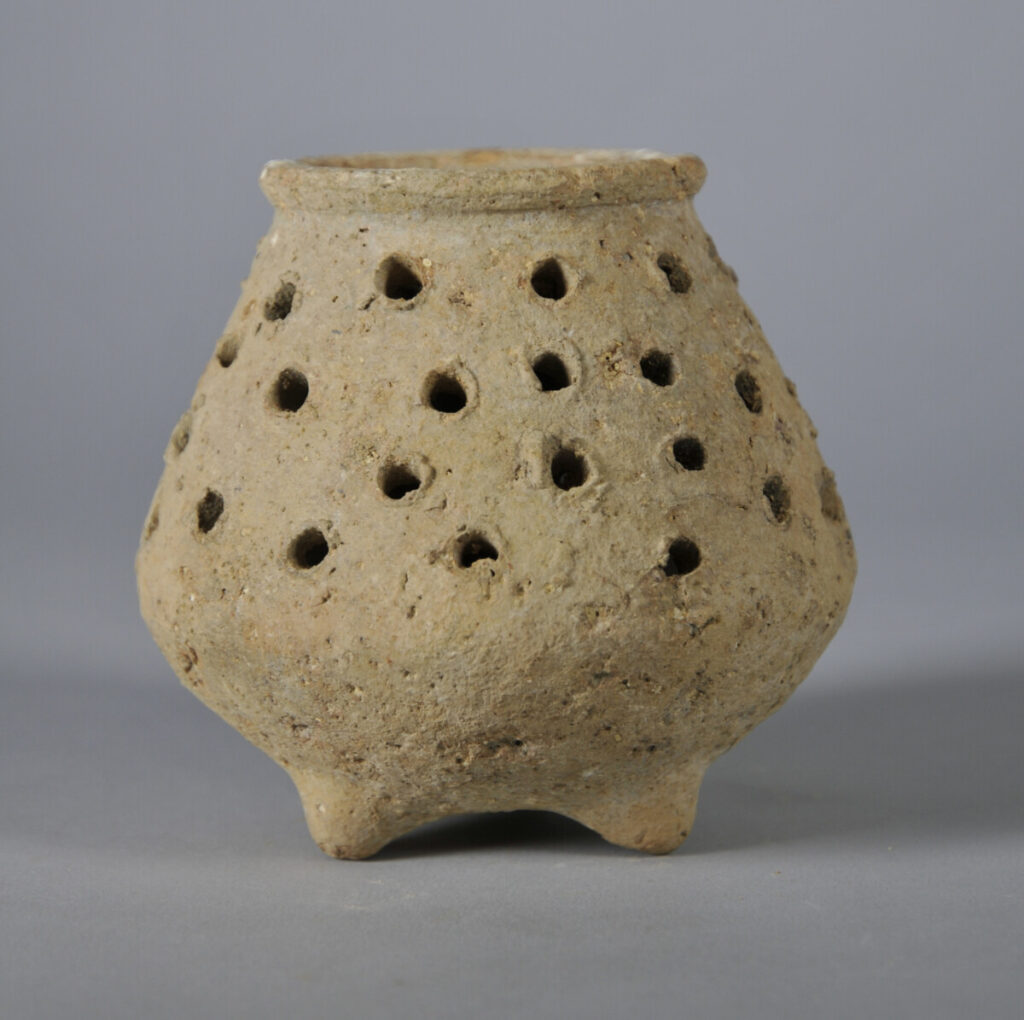
Incense Burner
Iron Age, Hebron
1200-1000 BCE
Ceramic
Carlos Museum, Emory University
2016.19.22
(Not on display)
Classroom Discussion Questions:
Are there any examples of spices/aromas playing a role in ritual practice today?
What spaces were set aside and designated as holy in the time of the Ancient Israelites?
List a few ways that designated spaces were purified for worship?
Project: Spice Box
Materials:
- small wooden boxes or other jars/containers
- paint, markers, stickers, other decorating supplies
- spices
- cleaning supplies
Instructions:
- decorate your spice box
- fill the box up with your choice of spices

Project: Menorah
Materials:
- wood/metal base
- nuts or other metal rings
- hot glue gun, glue, double sided tape…
- paint, markers, stickers, other decorating supplies
- cardboard/cardstock, a small block of wood…
Instructions:
- decorate the base of the menorah
- use cardboard/cardstock or another small block to elevate the central nut above the rest (this will become the shamash candle- the helper candle used to light the other candles)
- attach the remaining 8 nuts onto the base with glue
